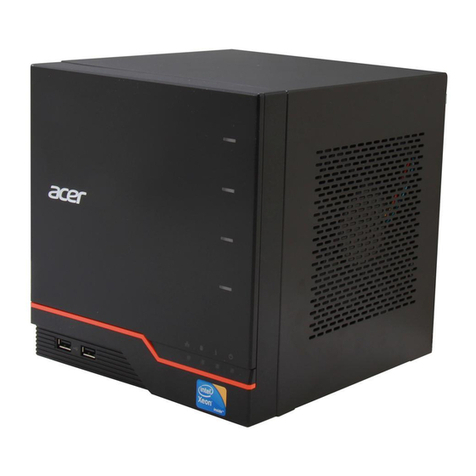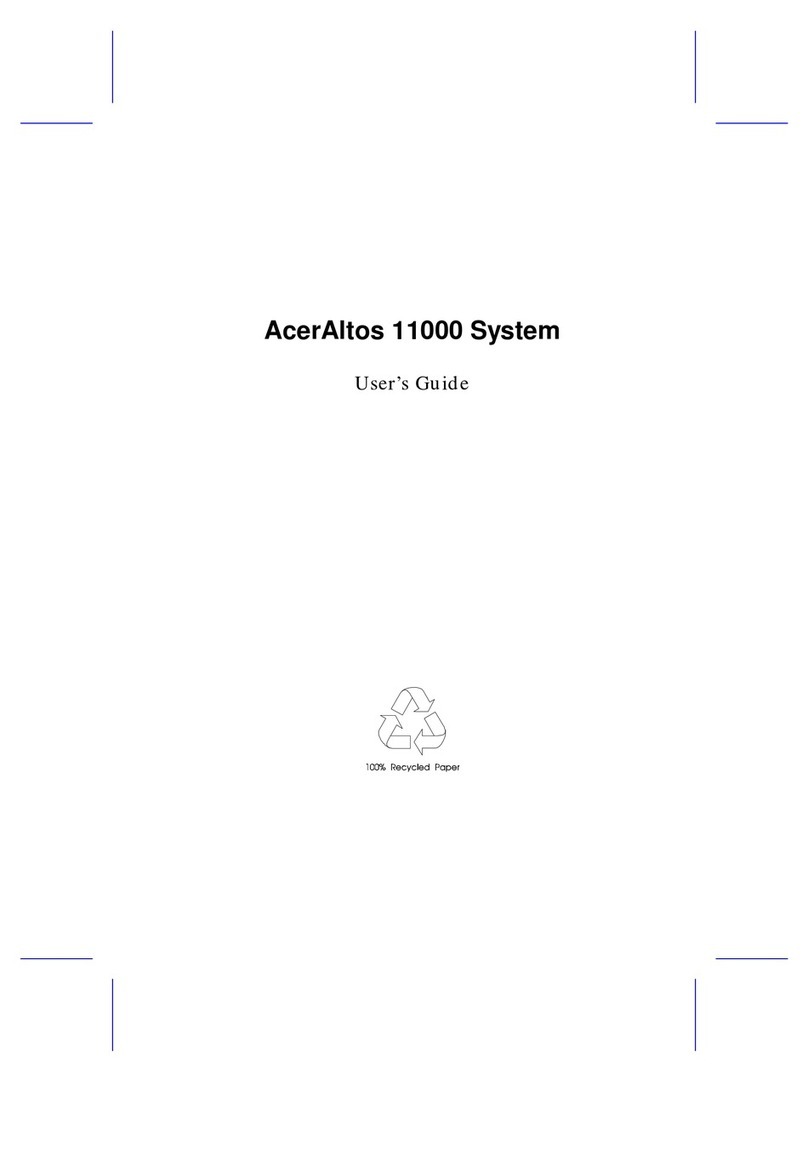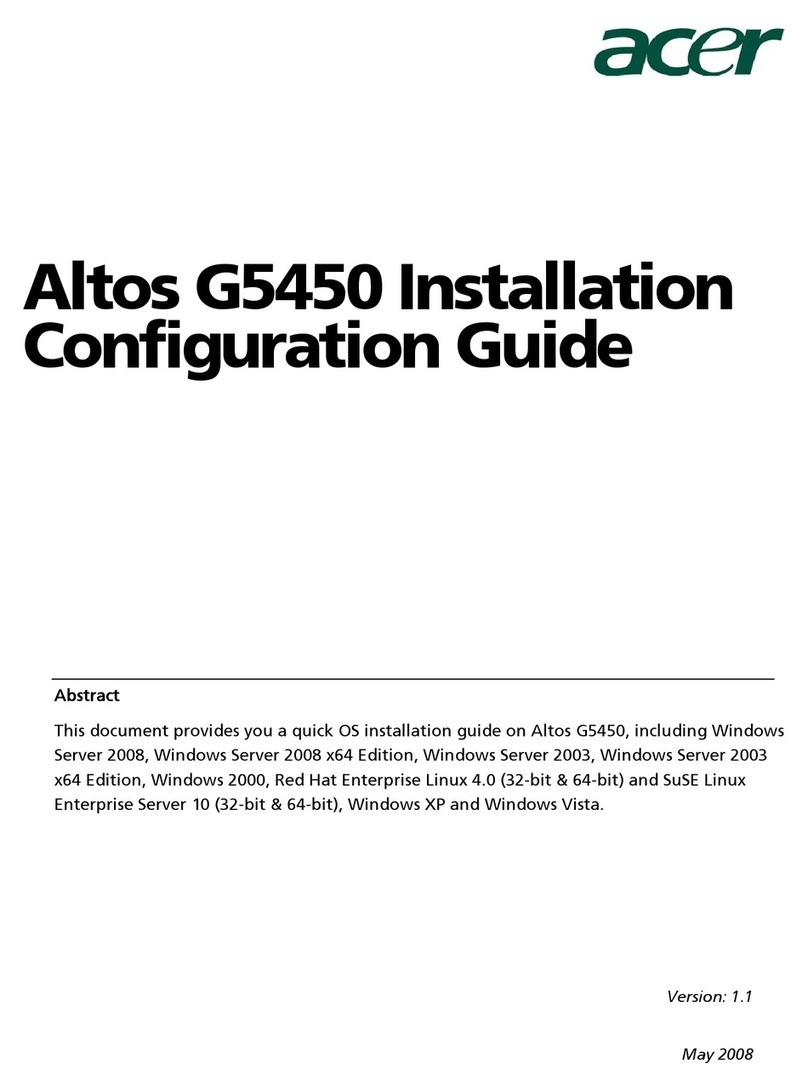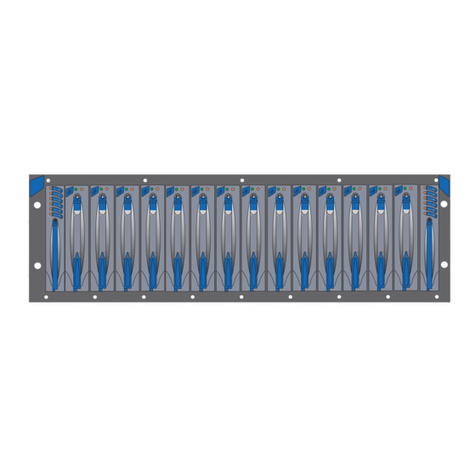Acer M19A System User manual
Other Acer Server manuals
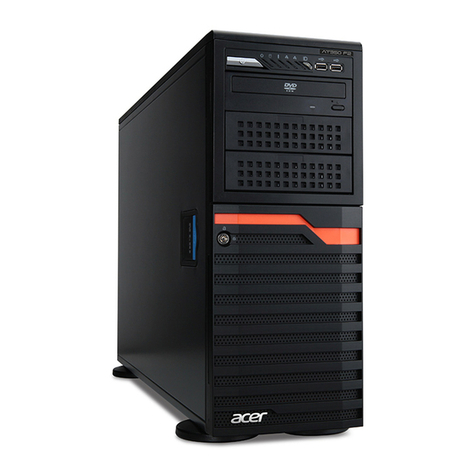
Acer
Acer AT350 F2 Series User manual
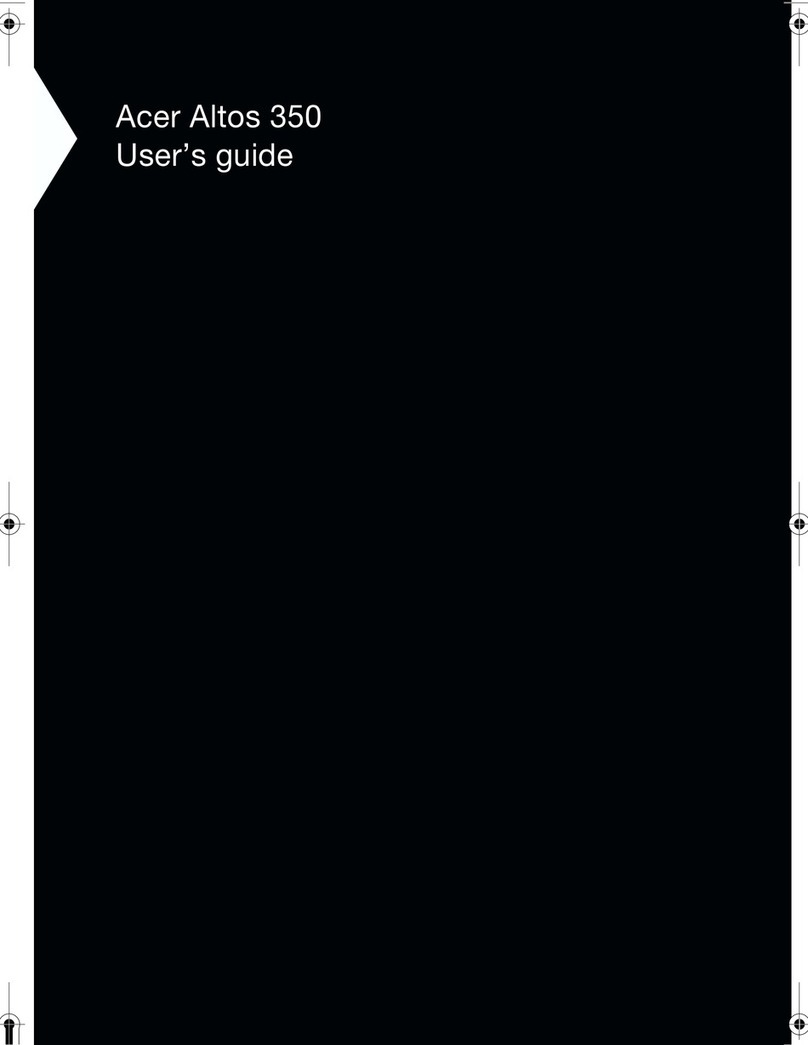
Acer
Acer Altos 350 User manual
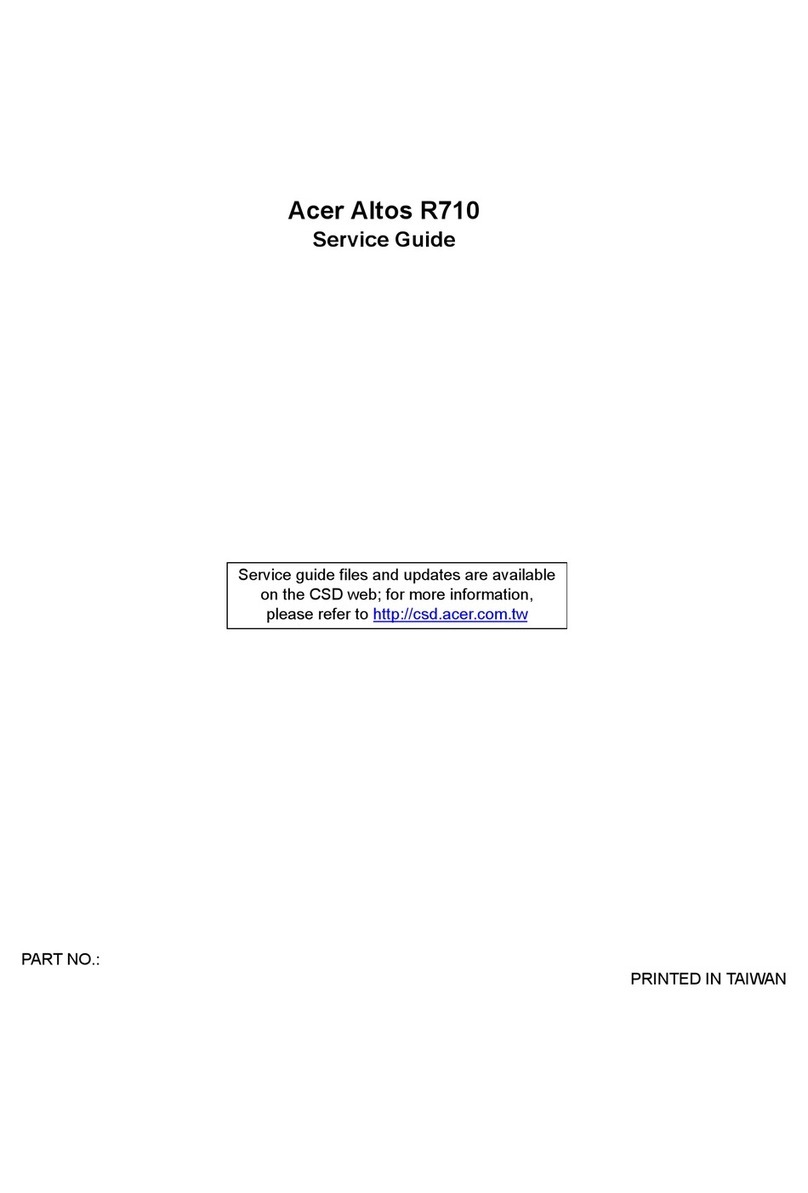
Acer
Acer Altos R710 User manual
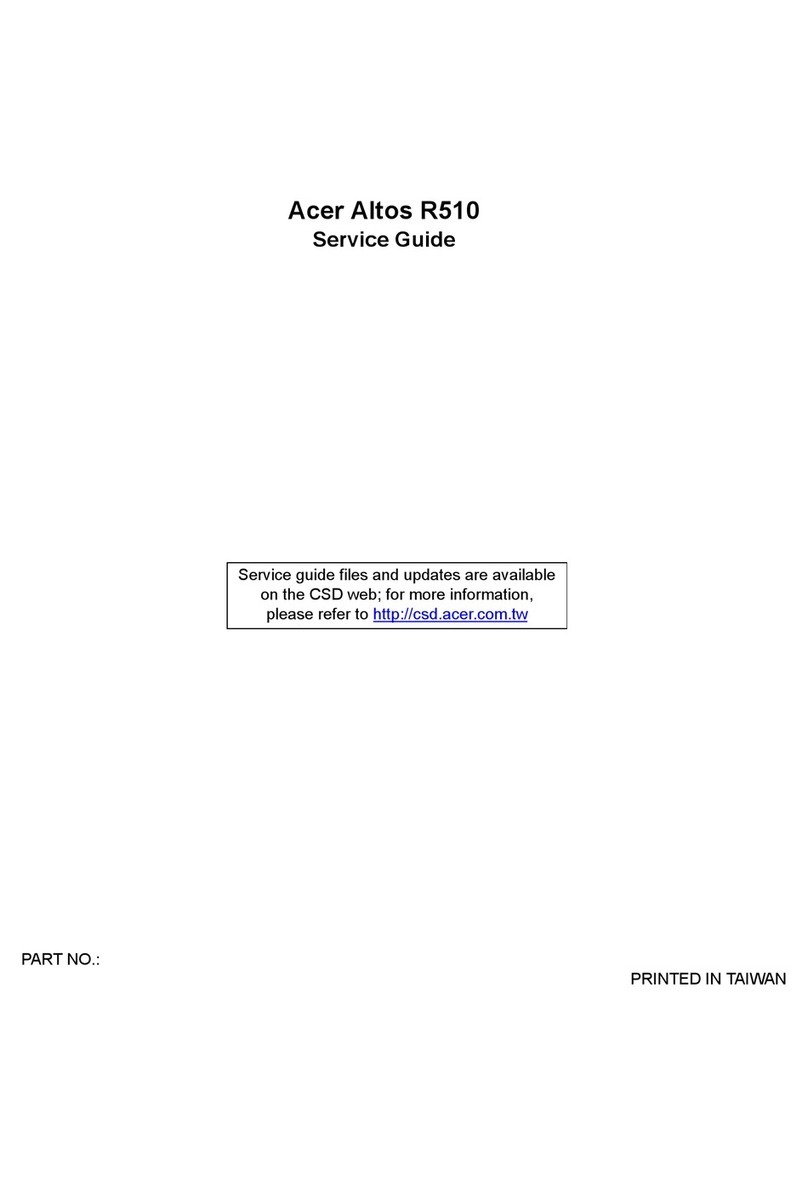
Acer
Acer Altos R510 User manual
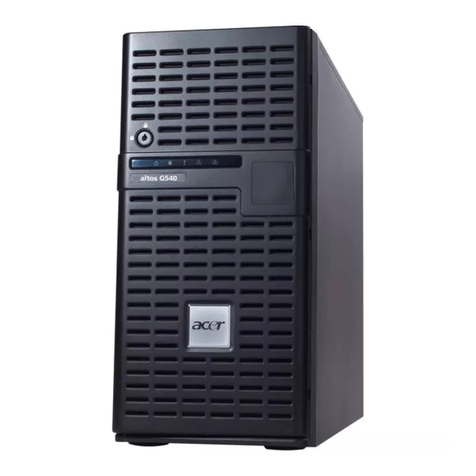
Acer
Acer Altos G540 Series User manual
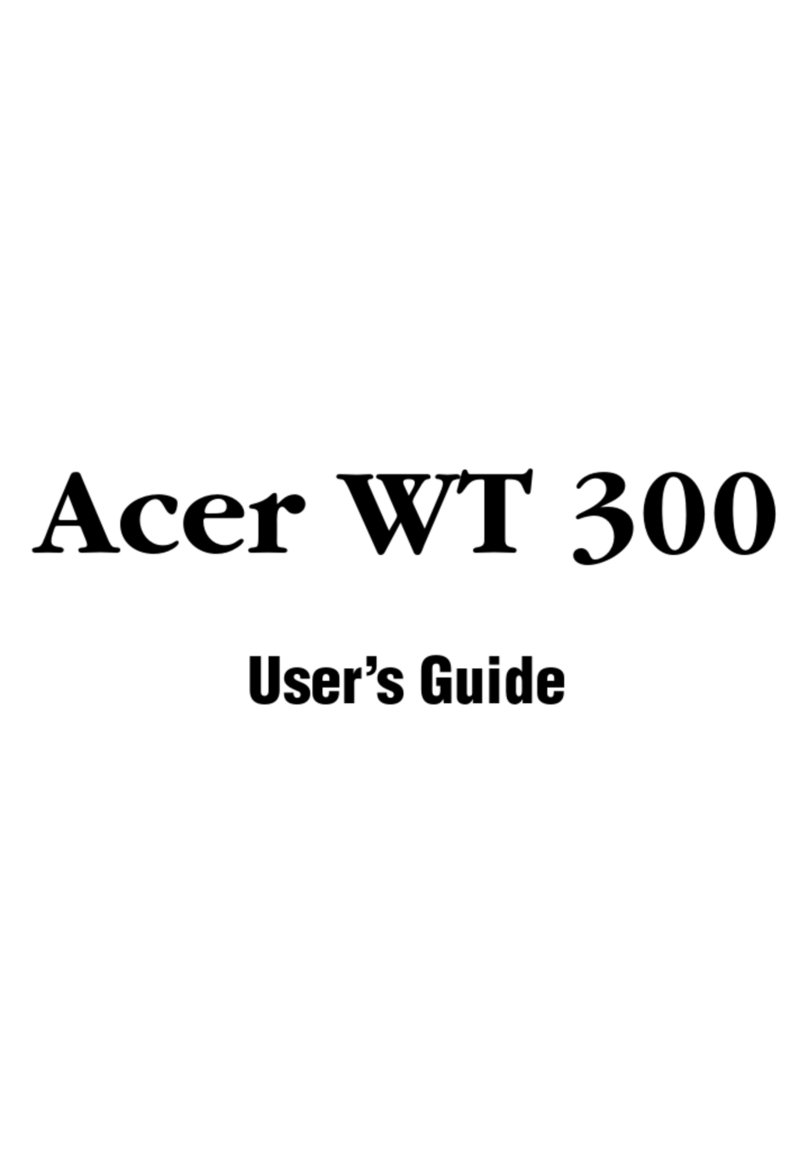
Acer
Acer WT 300 User manual

Acer
Acer Altos 900 User manual
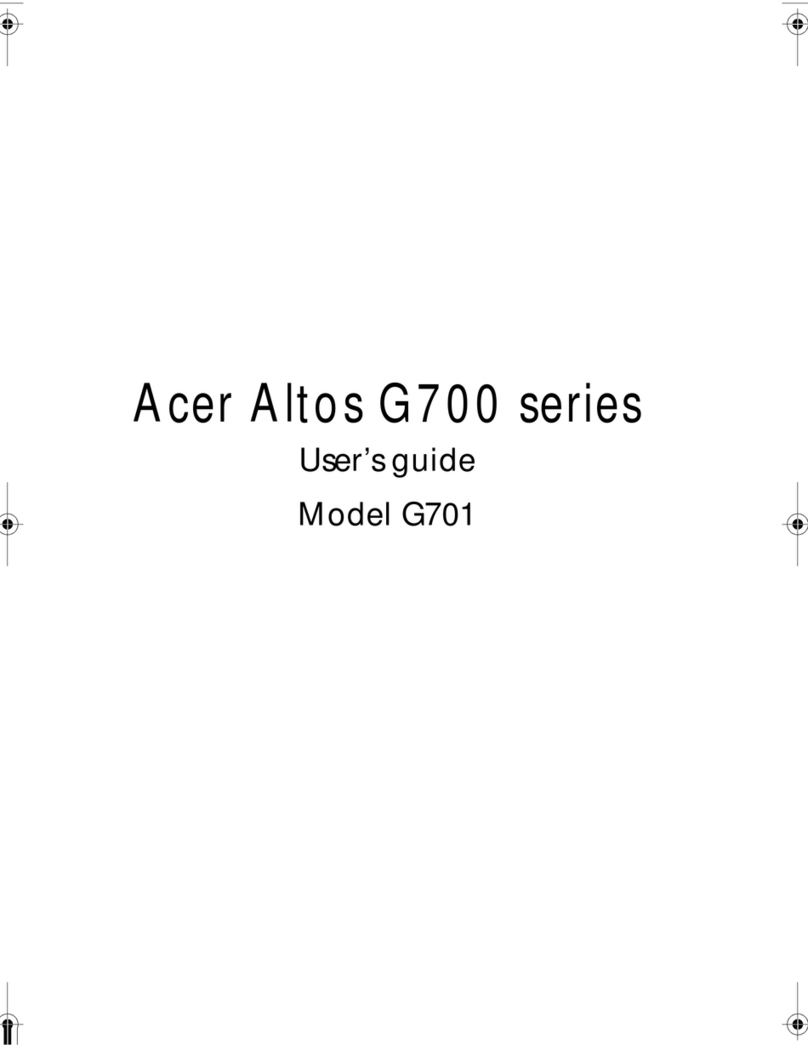
Acer
Acer Altos G701 User manual

Acer
Acer AR320 User manual
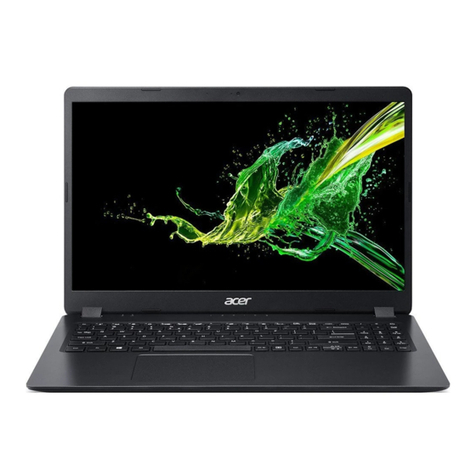
Acer
Acer ALTOS R910 Series User manual
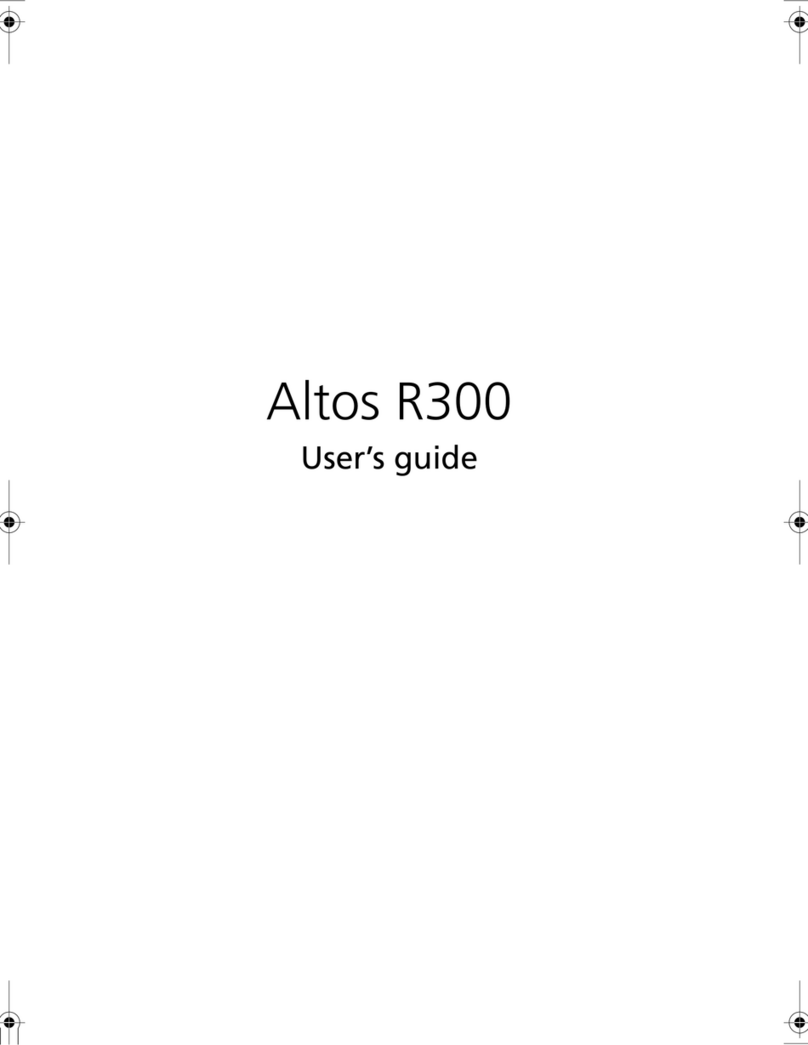
Acer
Acer Altos R300 User manual
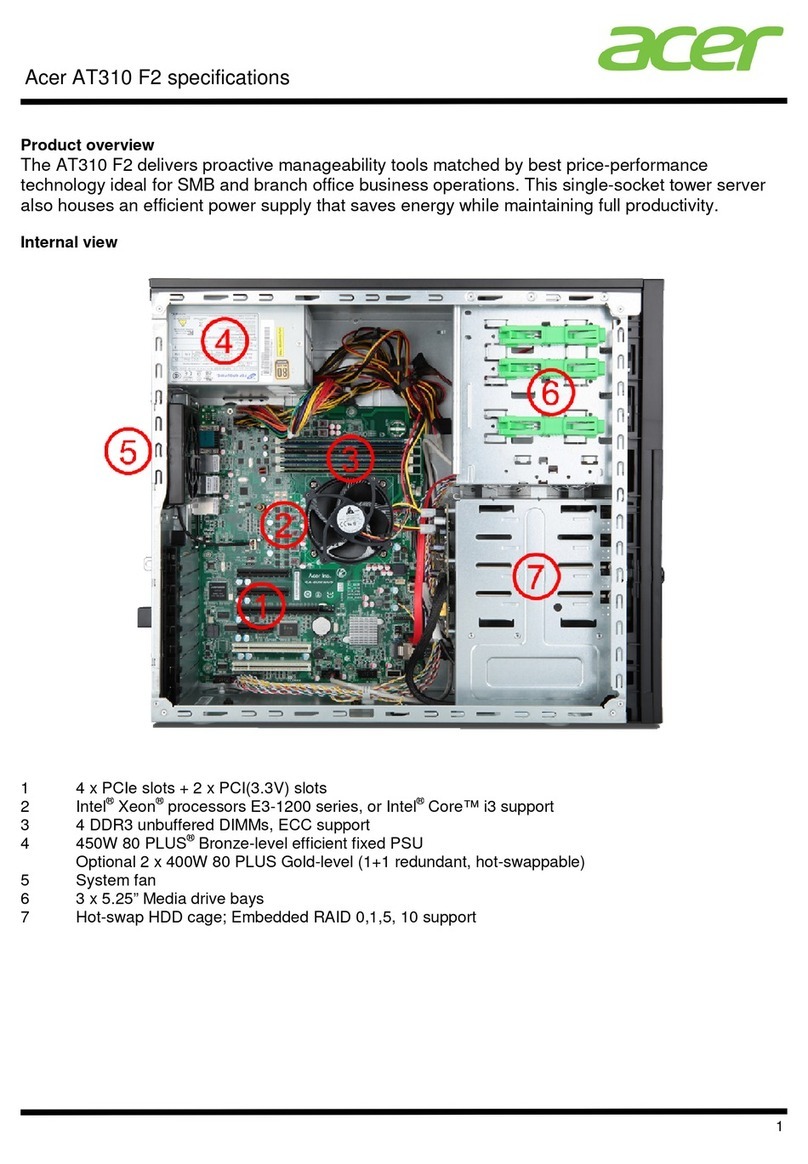
Acer
Acer AT310 F2 User manual
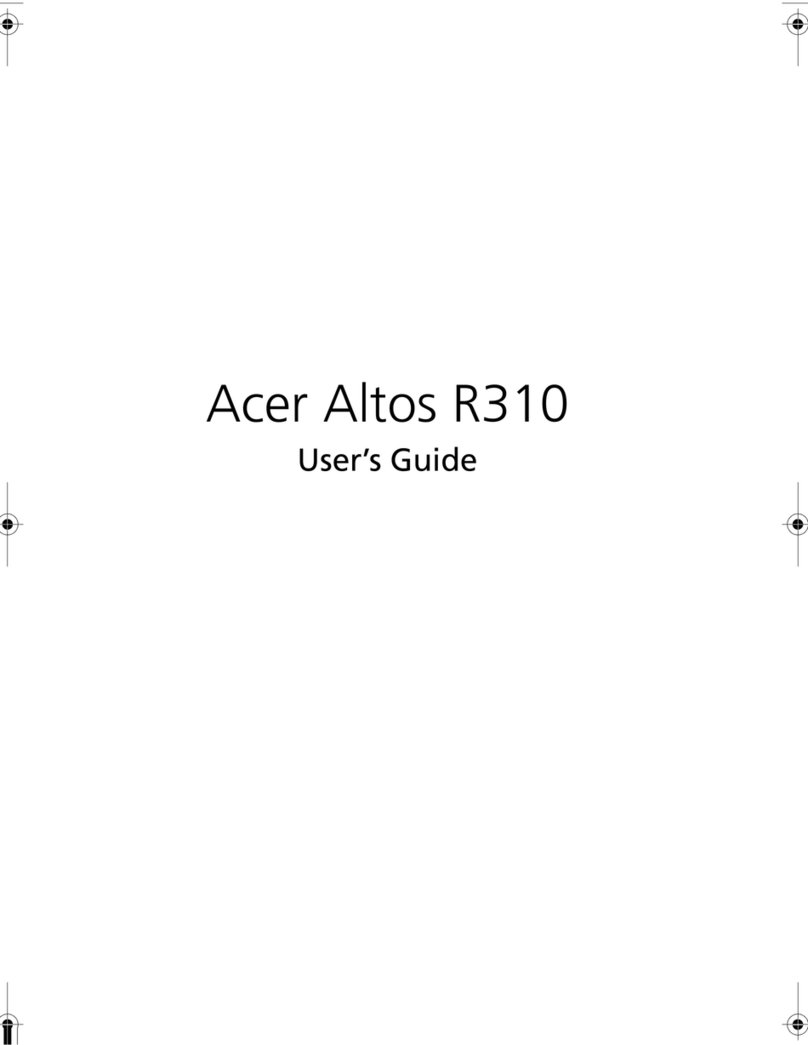
Acer
Acer Altos R310 User manual
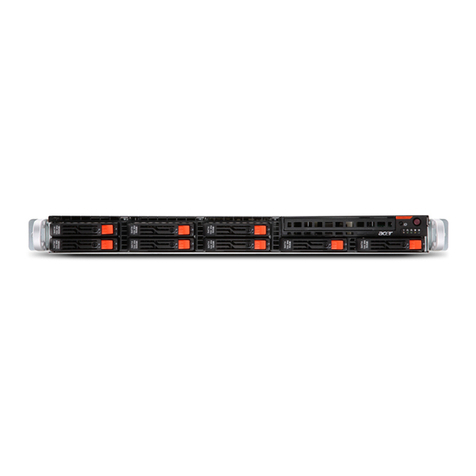
Acer
Acer AR360 F1 Series User manual
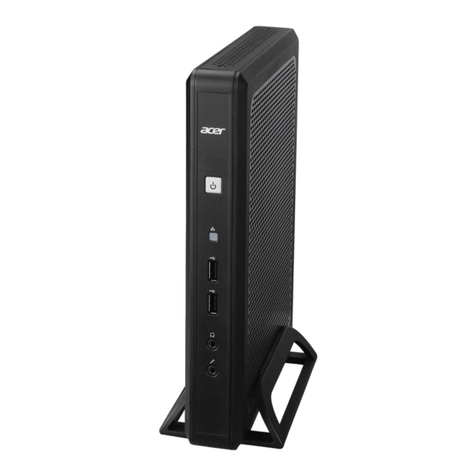
Acer
Acer Veriton N2110G User manual
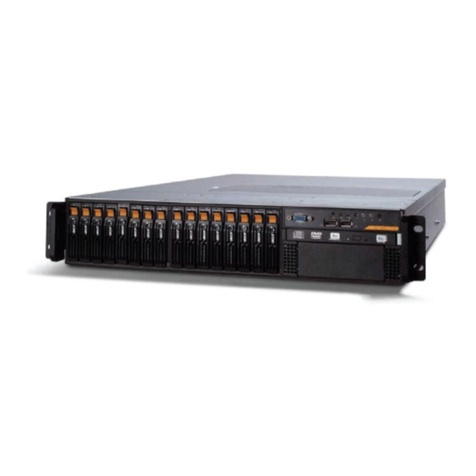
Acer
Acer Altos R720 Series User manual

Acer
Acer Altos G700 series User manual
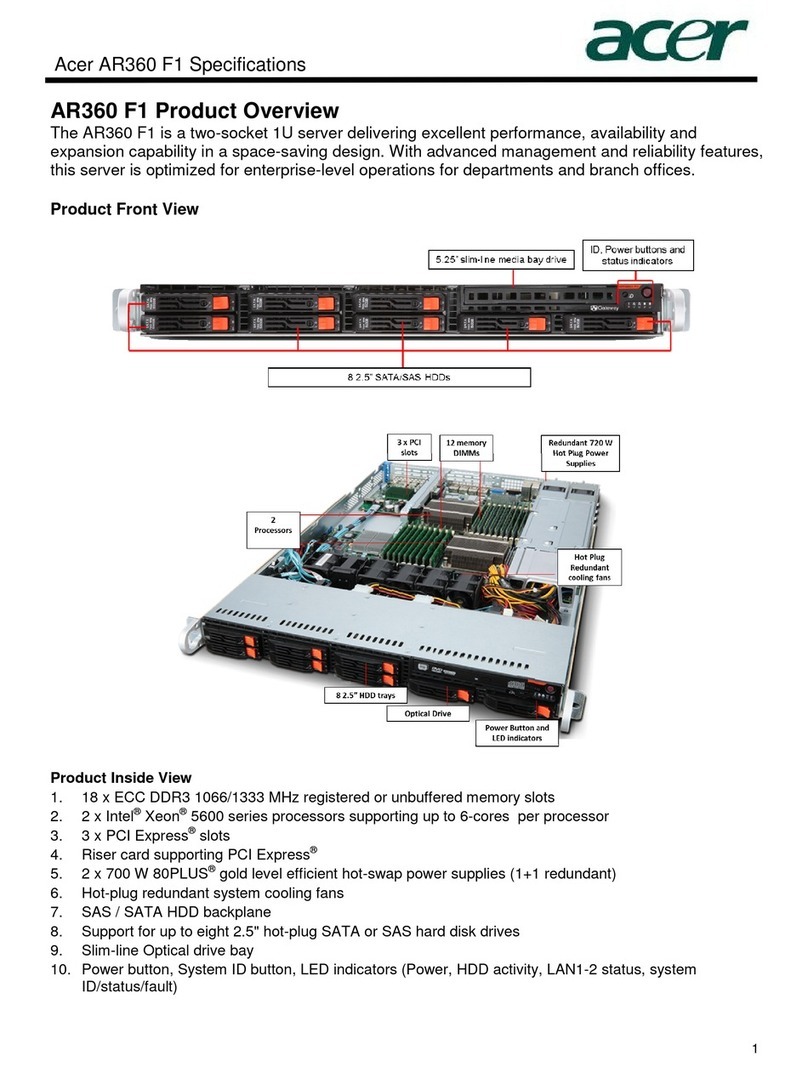
Acer
Acer AR360 F1 Series User manual
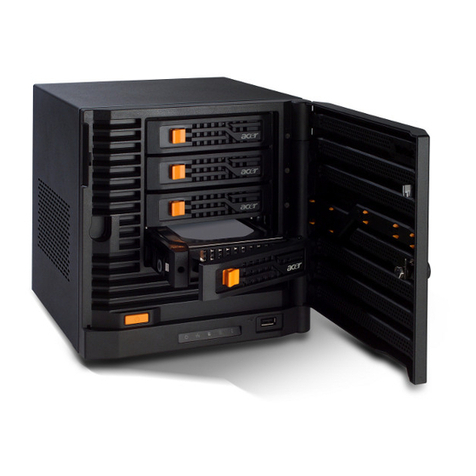
Acer
Acer Altos easyStore M2 User manual

Acer
Acer Extensa 500 Parts list manual
